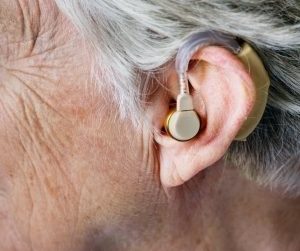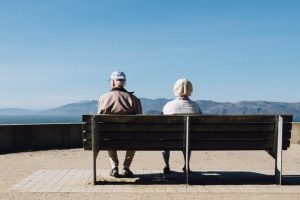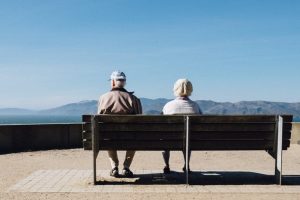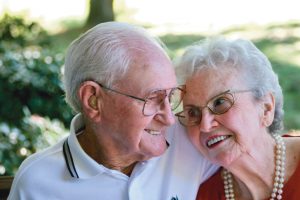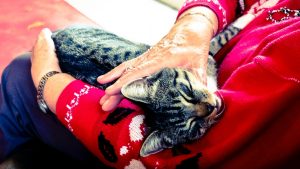The current drive to help older people live at home for longer may be creating higher levels of isolation and loneliness for them. The emotional wellbeing of our seniors is a sensative issue. We know statiscally after the loss of a partner there is a higher mortality rate. Nobody wants to be alone. Unfortunately for many seniors, however, being alone is a reality of life. From people whose spouses have died to those with no family in the immediate area and few friends, isolation is a real issue, and it is one that can have disastrous consequences. Research by Australian aged care provider, Whiddon Group, indicates that close to 50 percent of seniors living at home report being lonely, compared with around ten percent in the general population. Apart from general feelings of sadness and loneliness, the impact of isolation and the shrinking of social networks can lead to a variety of negative physical and emotional effects in the elderly.
Here are some recent isolation facts that may shock you:
- Isolation increases a senior’s risk of dying from all causes. According to a study conducted in 2012, adults ages 52 and older had a higher risk of mortality when they lived alone. This is due, in large part, to a decreased social network to provide aide and fewer people to notice a decline in the senior’s condition.
- Loneliness is dangerous for mental and emotional health. As a general rule, seniors who live alone suffer from more physical and emotional conditions than those who live with families or spouses.
- Loneliness is a risk factor for dementia. Seniors who live alone have higher rates of cognitive decline and dementia than those who live with other people. This is due to the fact that seniors who live alone receive less cognitive stimulation and social interaction than their accompanied peers.
- Seniors who live alone are at risk for elder abuse. Isolated seniors experience elder abuse at higher rates than their peers. This is due to the fact that there are fewer people around to notice the signs of elder abuse or to put a stop to the poor treatment.
- Isolation rates are higher for LGBT seniors. LGBT (Lesbian, gay, bisexual, and transgender) seniors are much more likely to suffer from isolation than their heterosexual peers. This is because these people are less likely to have children and may be estranged from their families-of-origin.
- Isolation can lead to chronic illness. Seniors who live alone suffer from things like depression, chronic lung disorders, and mobility issues at much higher rates than their peers.
- Isolated seniors believe life will only get worse. Pessimism is rampant in seniors who live alone. According to one study conducted by the National Council on Aging, seniors who lived alone were much more likely than their peers to express concern that their quality of life would only decline within the next five years. This negative outlook has a poor impact on the quality of mental and emotional health across the board.



